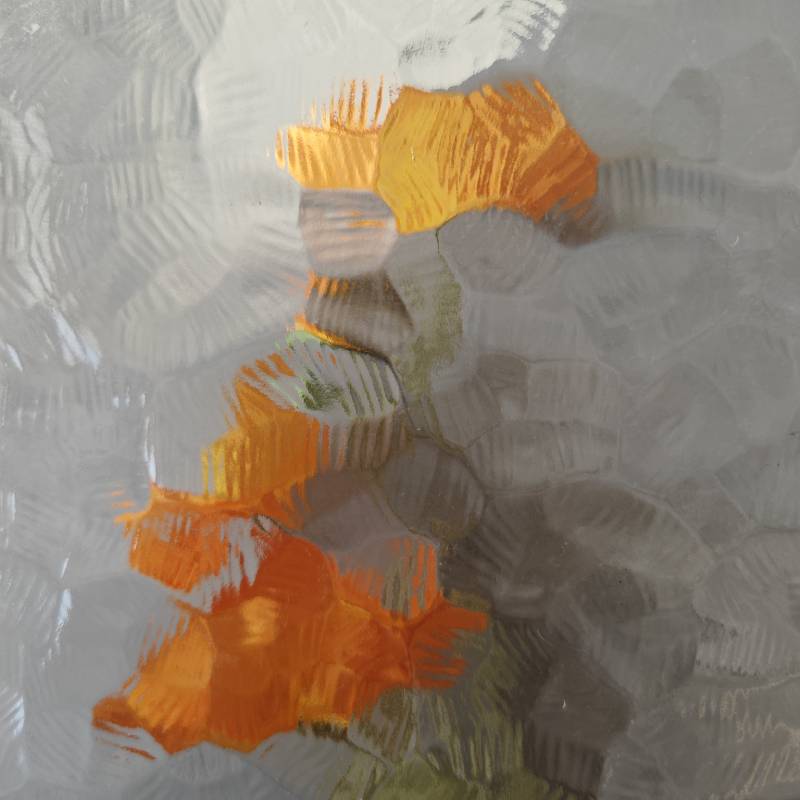

Understanding Low-E Glass A Key Component of Energy Efficiency in Modern Architecture
In the contemporary landscape of architecture and construction, the pursuit of energy efficiency has become paramount. Among the various innovations in building materials, Low-E glass stands out as a pivotal advancement that contributes significantly to reducing energy consumption in buildings. Low-E, or low-emissivity glass, is a type of window glazing that has been treated to reflect infrared light while allowing visible light to pass through. This paper explores the properties, benefits, and applications of Low-E glass and its importance in modern building design.
What is Low-E Glass?
Low-E glass is coated with a microscopically thin layer of metallic oxide that enhances its thermal performance. This coating is transparent and does not obstruct the view, but it effectively reflects radiant heat. There are two main types of Low-E glass hard coat and soft coat. Hard coat Low-E glass features a durable and robust coating that is applied during the manufacturing process while the glass is still in a molten state. This type is typically more effective in reflecting heat back into the building during the winter months. On the other hand, soft coat Low-E glass is produced after the glass has cooled, allowing for a thinner coat that offers higher clarity and better thermal performance.
Energy Efficiency Benefits
One of the primary advantages of Low-E glass is its ability to significantly enhance energy efficiency in buildings. By minimizing heat transfer, Low-E glass helps maintain a stable indoor temperature, reducing the reliance on heating and cooling systems. According to the U.S. Department of Energy, replacing standard single-pane windows with Low-E glazing can lead to energy savings of up to 30% to 50% per year in heating and cooling costs. This reduction in energy usage not only lowers utility bills but also diminishes the environmental impact associated with energy production.
Enhanced Comfort and Versatility

In addition to energy savings, Low-E glass contributes to increased comfort for occupants. By controlling the amount of solar heat gain in the summer and retaining interior heat during winter, Low-E glass helps create a more pleasant indoor environment. This is particularly beneficial in regions with extreme temperatures, where temperature fluctuations can lead to discomfort. Furthermore, Low-E glass is versatile and can be used in various applications, from residential windows and sliding doors to commercial facades and skylights.
UV Protection and Durability
Low-E glass also provides an added layer of protection against ultraviolet (UV) rays, which can cause fading and damage to furniture, flooring, and artwork over time. The coating on Low-E glass can block up to 99% of harmful UV rays while still allowing ample natural light to illuminate interior spaces. This feature not only preserves the aesthetic quality of interiors but also extends the lifespan of furnishings.
Moreover, Low-E glass is known for its durability. The coatings are designed to withstand the wear and tear of weather exposure and can last for decades without significant degradation. This longevity makes Low-E glass a sustainable choice for builders and homeowners alike, as it reduces the need for frequent replacements and contributes to lower waste.
Conclusion
Low-E glass represents a remarkable integration of technology and architecture that addresses the growing demand for energy-efficient building solutions. By reflecting heat, blocking UV rays, and allowing visible light to shine through, Low-E glass significantly enhances the performance of windows and other glazing applications. With its numerous benefits—including energy savings, improved occupant comfort, UV protection, and durability—Low-E glass is not just a material choice, but a crucial element in the design of sustainable buildings.
As we continue to face challenges like climate change and rising energy costs, the adoption of Low-E glass will likely become even more widespread in both residential and commercial construction. Its role in promoting energy efficiency aligns with global initiatives aimed at reducing carbon footprints and achieving sustainable living. As architects and builders embrace this innovation, Low-E glass will undoubtedly remain at the forefront of the industry, symbolizing a commitment to environmental responsibility and modern design.